general
How Does Deforestation Affect the Carbon Cycle?
Deforestation, the widespread clearing of forests for various purposes, has become a pressing environmental concern in recent years. As trees play a key role in the carbon cycle, understanding how deforestation impacts this delicate balance is essential.
We all know that deforestation is bad for the environment, but have you ever considered how it directly impacts your daily life? This post explores the hidden connections between deforestation and the carbon cycle, showing how the choices we make can contribute to a healthier planet, starting with the air we breathe.
Think you know deforestation? Think again! Get ready to be surprised by its hidden impact. Keep reading!
What is the Carbon Cycle?
The carbon cycle is like nature’s recycling system for carbon, which is super important for life on Earth. It’s all about how carbon moves around between the air, oceans, land, and living things.
At the center of the carbon cycle is a process called photosynthesis. This is when plants, algae, and some bacteria use sunlight to turn carbon dioxide from the air into sugars and other stuff they need to grow. It’s like they’re making their own food and storing carbon inside themselves.
But then, when plants and animals breathe or break down food for energy, they release carbon dioxide back into the air through a process called respiration! It’s like a give-and-take between living things and the air.
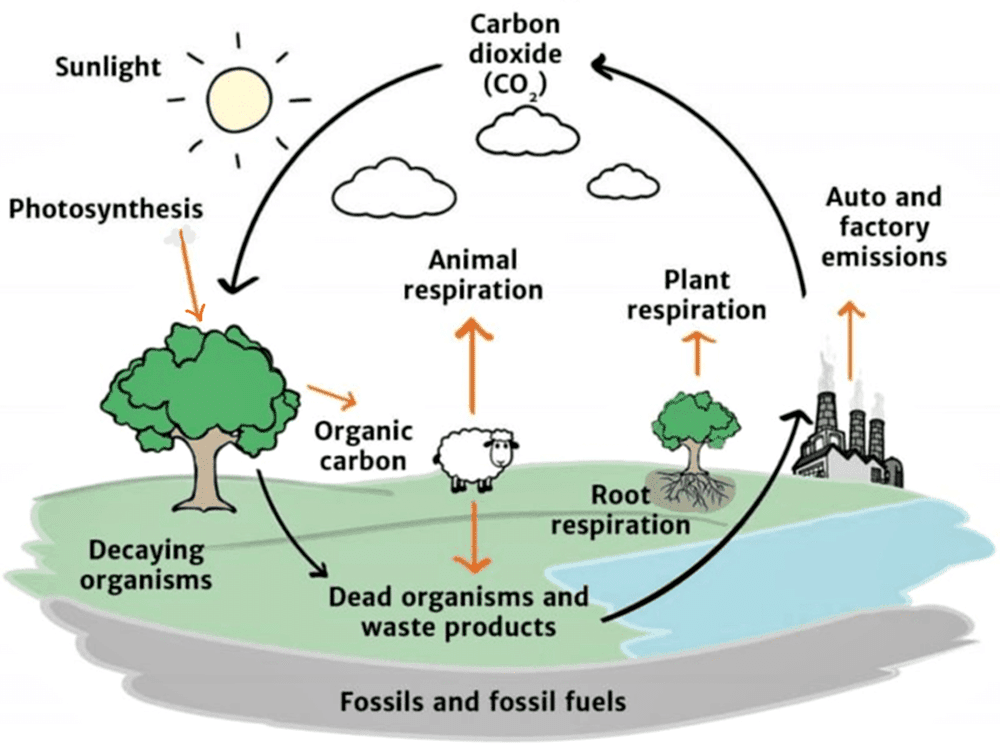
Other things also play a part in the carbon cycle. When plants and animals die, bacteria and fungi break them down, releasing carbon dioxide into the air. And when things burn, like in wildfires or when we use fossil fuels, more carbon dioxide goes into the air.
Some of that carbon ends up in long-term storage places, like soil, rocks, and the ocean. These places are like carbon lockers, holding onto carbon for a long time and helping to balance out the amount in the air.
So, the carbon cycle is all about this constant movement of carbon between living things, the air, and the Earth. It’s a delicate balance that keeps our planet healthy. But human activities, like cutting down forests and burning fossil fuels, are throwing this balance out of whack, which is causing big problems like climate change.
How Deforestation Alters the Carbon Cycle
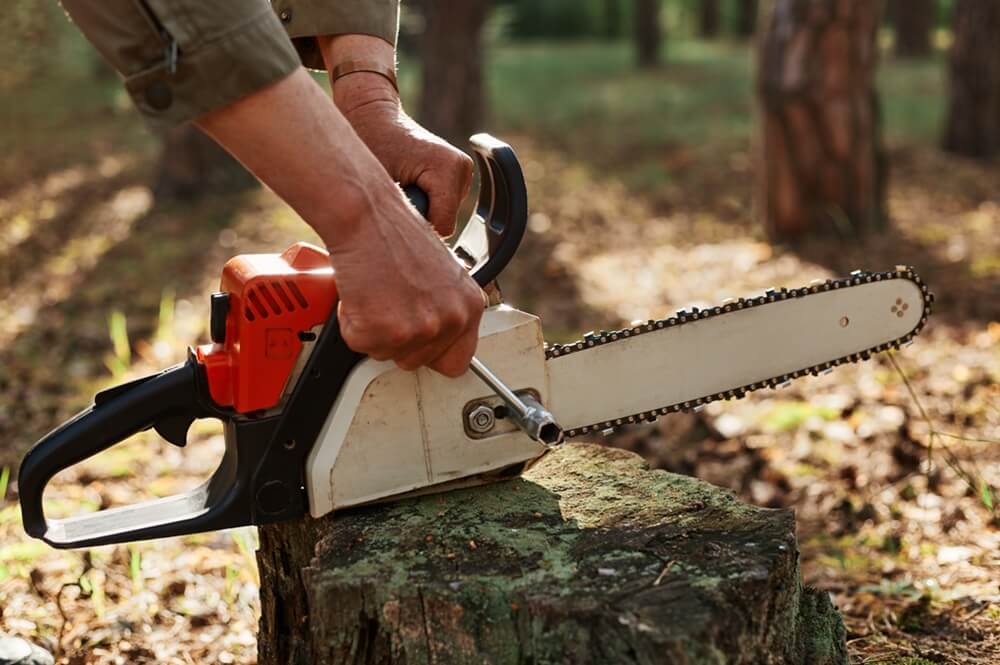
Unfortunately, deforestation disrupts this natural balance by removing trees and disrupting the carbon cycle. When trees are cut down or burned, the carbon stored within them is released back into the atmosphere in the form of carbon dioxide. This immediate release of carbon dioxide contributes to the accumulation of greenhouse gases in the atmosphere, exacerbating global warming and climate change.
Also, deforestation hampers the ability of forests to sequester carbon dioxide, leading to further imbalances in the carbon cycle. Without trees to absorb and store carbon, more carbon dioxide remains in the atmosphere, intensifying the greenhouse effect and its associated impacts.
Consequences of Disrupted Carbon Cycle
When the carbon cycle gets messed up, it can cause some serious problems for our planet and everything living on it. Let’s take a look at what happens when things go out of whack:
Climate Chaos:
When there’s too much carbon dioxide in the air, it acts like a thick blanket, trapping heat from the sun and making the planet warmer. This leads to all sorts of crazy weather like more intense storms, heatwaves, and droughts. It’s what we call climate change, and it’s already causing big problems for people, animals, and ecosystems all over the world.
Trouble for Wildlife:
Many animals and plants depend on stable climates and habitats to survive. But when the carbon cycle gets disrupted, habitats can change or disappear altogether. This puts wildlife at risk of losing their homes and struggling to find food and shelter.
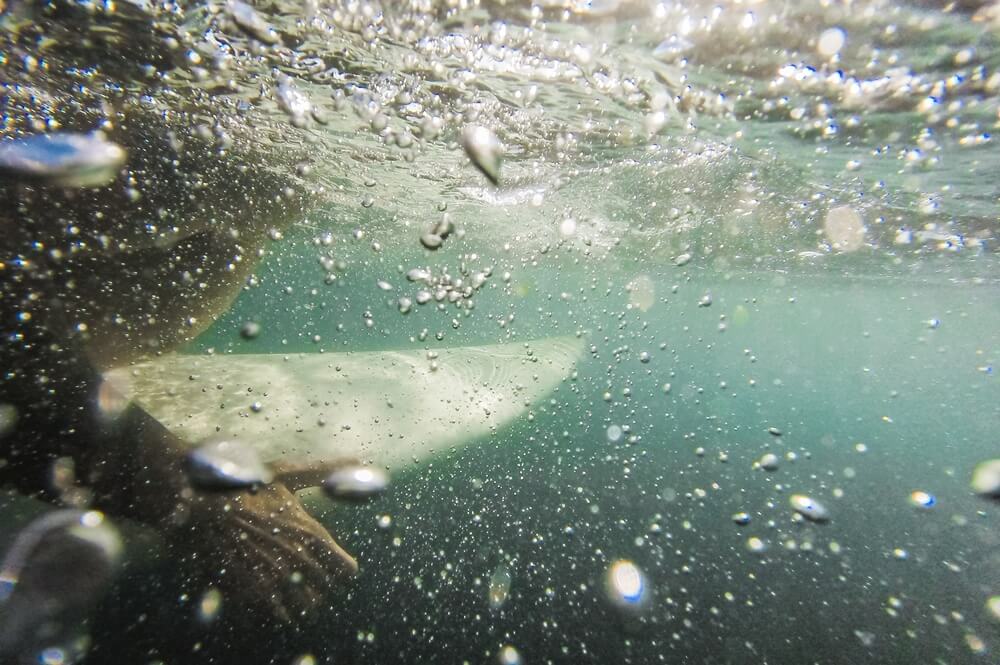
Ocean Woes:
The ocean plays a huge role in the carbon cycle, absorbing a lot of the extra carbon dioxide from the air. But too much carbon can make the ocean more acidic, which is bad news for creatures like coral reefs, shellfish, and other marine life. It can mess up their shells and skeletons, making it harder for them to survive.
Unpredictable Future:
Perhaps the scariest thing about a disrupted carbon cycle is that we don’t fully know what the future holds! Climate models predict more extreme weather events, rising sea levels, and widespread disruptions to ecosystems. But the exact impacts could be even worse than we expect, which is why it’s so important to take action now to prevent further damage.
Briefly, when the carbon cycle gets thrown off balance, it’s like a domino effect of problems for the planet. From changing climates to struggling wildlife and uncertain futures, the consequences of disrupting the carbon cycle are far-reaching and serious. That’s why all of us must work together to find solutions and restore balance to our precious planet.
5 Solutions and Mitigation Strategies
Okay, so we know that messing up the carbon cycle is a big problem, but the good news is that there are things we can do to fix it!
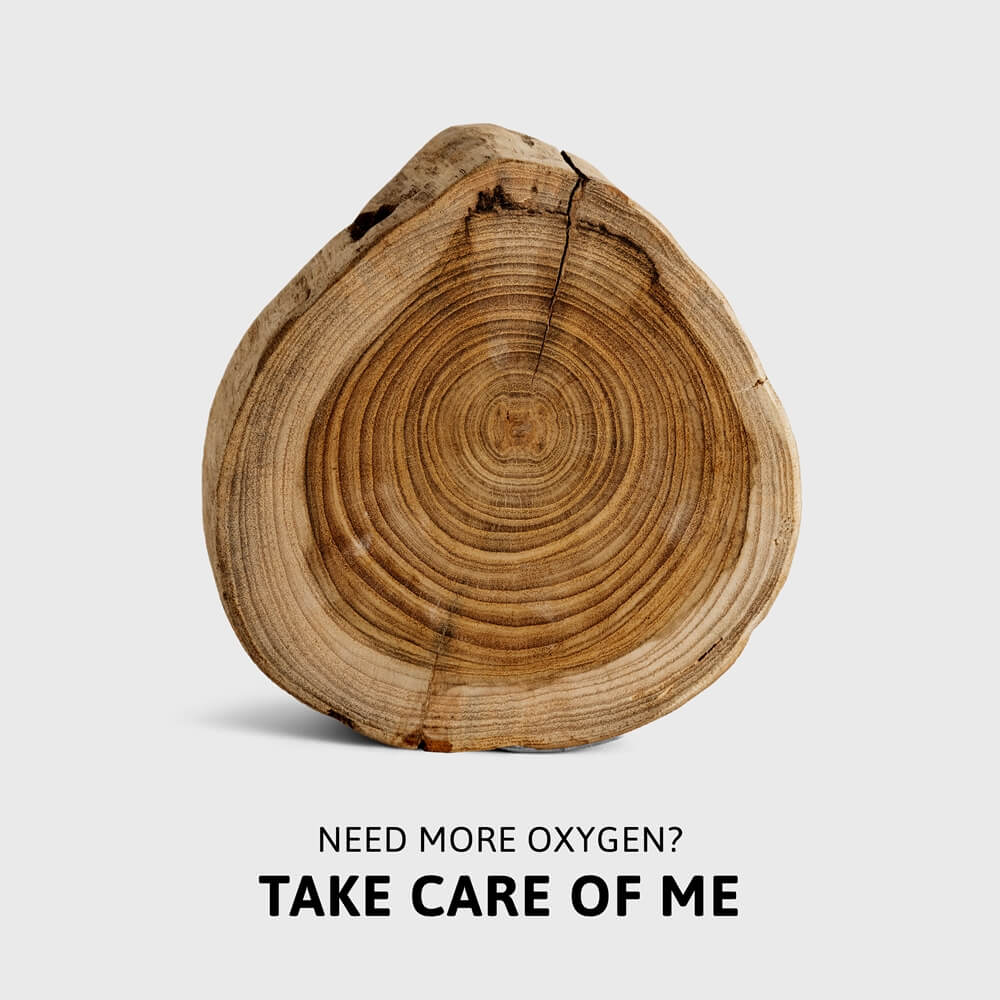
#1 Take Care of Our Forests
One of the best ways to tackle deforestation is by taking care of our forests. This means practicing sustainable forest management, which involves carefully planning and managing how we use and protect forest resources. By only cutting down trees when necessary and planting new ones to replace them, we can help maintain healthy forests that continue to absorb carbon dioxide from the air.
#2 Plant More Trees
Reforestation and afforestation are fancy words that basically mean planting more trees. Planting trees helps to soak up carbon dioxide and restore balance to the carbon cycle! Gowood has joined hands with Tree Canada, a beacon of change in our nation’s environmental landscape. Through this partnership, planting trees is as easy as a few clicks. Here’s how it works: Every time you purchase four pairs of our wooden sunglasses, you’re practically planting a whole tree yourself not just accessorizing.
#3 Get Creative with Conservation
Conservation efforts are another important part of the solution. By protecting natural habitats and wildlife reserves, we can safeguard biodiversity and ensure that ecosystems remain resilient in the face of climate change. This might involve creating protected areas, enforcing laws against illegal logging and habitat destruction, and promoting sustainable land use practices.
#4 Reduce, Reuse, Recycle
Yup, you’ve heard it before, but it’s worth repeating: reducing our carbon footprint is key to tackling climate change. This means using energy more efficiently, cutting down on waste, and opting for renewable sources of energy whenever possible. So, switch off those lights when you leave the room, recycle your paper and plastic, and consider using public transport or biking instead of driving.
#5 Spread the Word
Last but not least, spreading awareness and advocating for change can make a real difference. Whether it’s through social media, community events, or talking to friends and family, raising awareness about the importance of the carbon cycle and the need for action can inspire others to join the cause.
So, there you have it – some simple yet effective solutions for tackling deforestation and restoring balance to the carbon cycle. Together, we hold the power to make a positive impact on our planet and create a brighter future for generations to come.


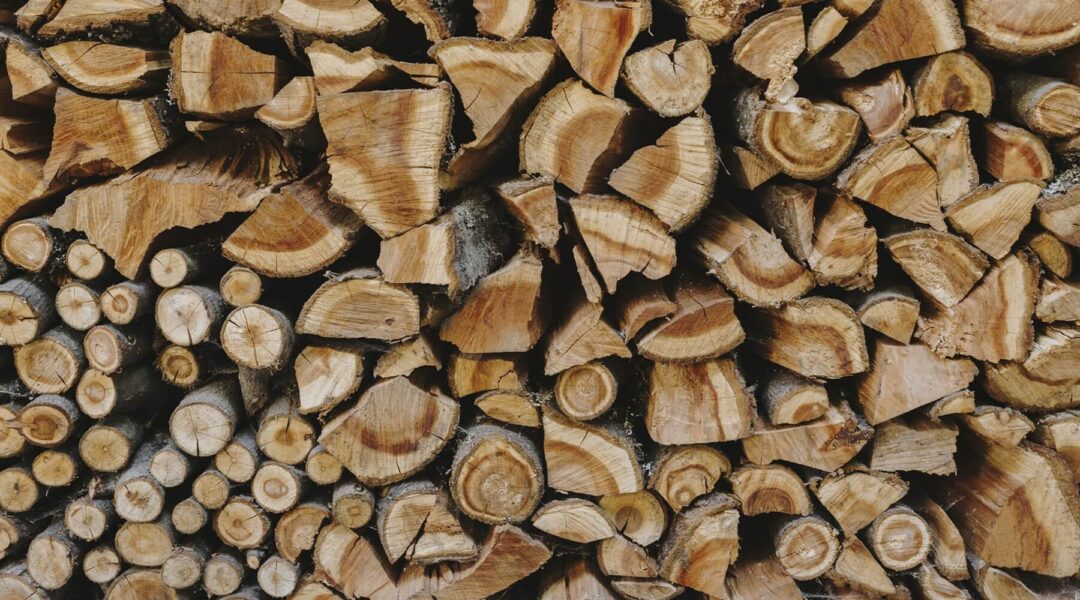

 English
English